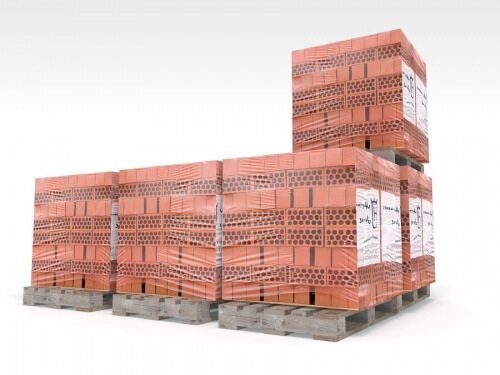🚚 Density vs. Freight Class: Which Shipping Method Works Best?
The debate between density-based and freight class shipping continues to divide the logistics industry. Supporters of freight class say it’s accurate and fair. Others argue it’s outdated and confusing. Both methods have pros and cons. Understanding each system helps you choose the best option for your LTL shipments. Whether you ship daily or occasionally, knowing the difference can save time, money, and frustration.
📦 What Is Freight Class Shipping?
The LTL freight classification system, defined by the NMFTA, assigns classes based on product type, weight, handling, and liability. It uses product type, weight, handling, storability, and liability to assign a class. There are 18 classes, ranging from 50 to 500. Lower classes cost less to ship. Each item gets a classification and item number. Carriers use these to calculate rates. This system promotes safe handling and accurate pricing. It also helps carriers organize loads efficiently. For high-volume shippers, freight classing can reduce damage and improve delivery accuracy.
⚠️ Challenges with Freight Class Shipping
Freight class shipping can be complex. Mistakes in classification affect freight quote accuracy and may lead to damaged goods or unexpected costs. Carriers often reclassify loads, which increases costs. Light shipments may cost more than heavier ones. These issues frustrate shippers and complicate logistics. For example, misclassifying a pallet of paper could result in a $200 surcharge. Even experienced teams struggle with NMFC codes. This system requires constant updates and training to avoid costly errors.
📏 What Is Density-Based Shipping?
Density-based freight pricing calculates cost by pounds per cubic foot, making it simpler for many shippers. Lower density means higher cost due to space usage. This method is simpler and faster. Shippers avoid choosing from hundreds of NMFC codes. It’s ideal for companies shipping varied products. For example, a shipment of foam may cost more than steel due to space needs. Density-based pricing is often preferred by e-commerce and retail businesses. It streamlines quoting and reduces classification errors.
❗ Drawbacks of Density-Based Shipping
Density shipping isn’t perfect. Errors in calculation can lead to misclassified loads. Incorrect quotes may result in overcharges. Some argue it’s less reliable than freight classing. Even with a shipping cost calculator, math errors can affect delivery and handling. For instance, miscalculating the volume of a shipment could result in a $500 billing error. While calculators help, human oversight is still needed. Density-only pricing may also ignore handling and liability risks.
🧭 Which Method Should You Choose?
Both systems have strengths. Freight class offers structure and safety. Density-based pricing is faster and easier. To compare LTL shipping methods, consider your shipment type, frequency, and budget. A logistics expert can help you decide. If you ship fragile or high-value items, freight class may offer better protection. If you ship lightweight or bulky goods, density pricing may save money. Consider your carrier’s capabilities and your internal processes before choosing.





